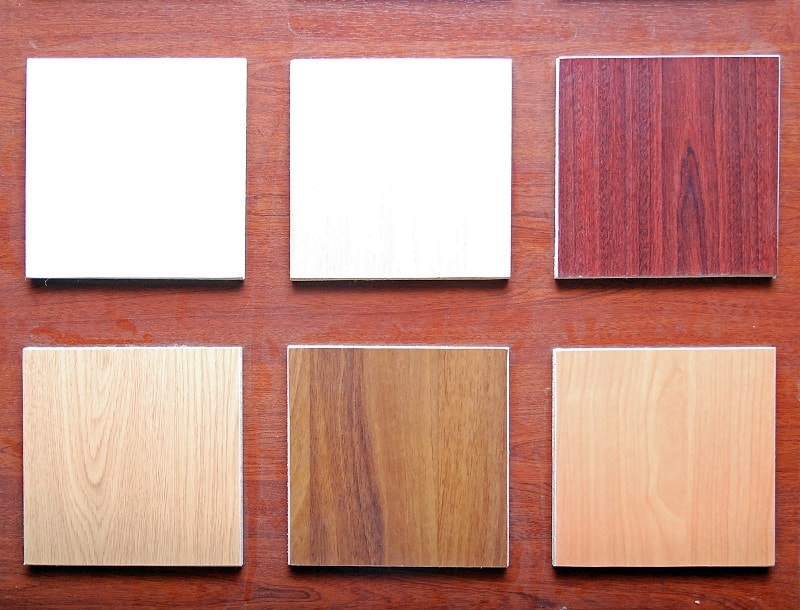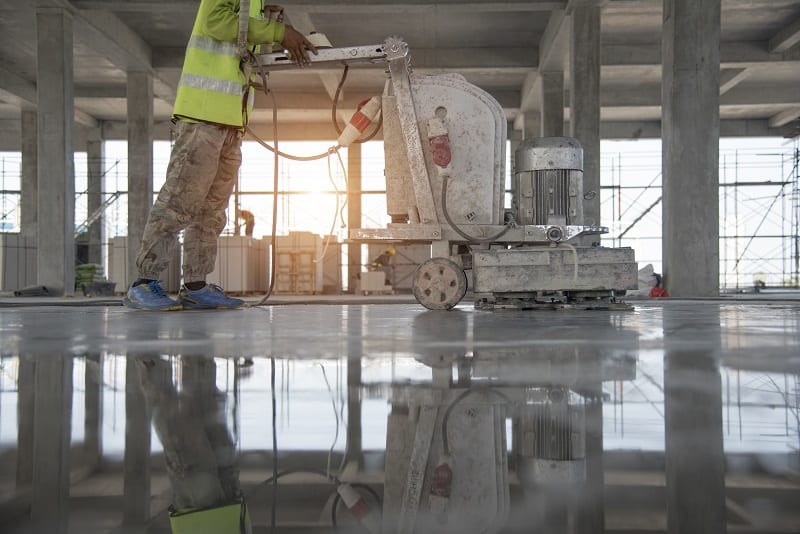
The floor is one of the most important parts to any room.
Whether you’re remodeling or constructing a new home, it is highly important how well the flooring installation job is done will have a huge impact on the comfort, structural integrity, beauty, and value of your home or commercial premise.
Depending on the kind of flooring you choose, laying a new floor can be moderate to extremely challenging. In most cases, it requires you to have a certain set of skills.
It also requires you to have the right tools, materials, and equipment to get the job done. But assuming you’re the DIY kind of person and you have enough time on your side, taking up the project on your own can be exciting and cost-effective.
If the project is too big, you may need some help, perhaps from a few handymen, a friend, or two.
Nonetheless, here are 5 tips to laying a new floor.
1. Choose a Flooring Type

wood samples
There’s a wide variety of options when it comes to flooring types. Some of the most common options include wooden, concrete, laminate, vinyl, and carpet flooring.
Each of these options has their owner merits and demerits. When picking a floor type, think about things such as cost, availability, durability, the room or target space of installation, resistance to the elements, scratching, and staining, and the ease of installation.
Talk to a nearby hardware store, seek advice from a local contractor, or learn the different types of flooring online before making your decision.
2. Get the Right Tools and Materials
Depending on the floor you choose, you can’t proceed without getting the right materials and equipment for the job. If you go for concrete, for instance, you’ll want to have supplies such as cement, ballast, and sand ready in advance.
You may also need a concrete mixer and a compacting vibrator. On the other hand, you’ll require tools such as jigsaws, mallets, nails, sanding paper, and hammers when installing wood flooring.
Below is a short video guide about wood floor installation:
The trick is to make sure you have the right supplies and tools to make your work easier.
3. Remove Previously Existing Flooring
When you have everything ready, it’s time to prepare the surface for a new floor.
This may involve removing previously existing flooring material to make the surface installation-ready.
4. Leave an Expansion Space
Floors do expand and contract when it’s extremely hot and cold respectively. It is important to allow space for this when installing your floor.
Leave a few one millimeters to an inch where your flooring meets the wall or other immovable objects such as poles, transitions, and doorstops.
This can help lengthen the life of your flooring.
5. Proper Finishing

Construction worker produces the grout and finish wet concrete with a special tool. Float blades. For smoothing and polishing concrete, concrete floors
Assuming that you have a good installation guide and everything is in place, you have to give your flooring a proper finish.
Depending on your type of floor, this may include things such as surface smoothing, gum removal, painting, and gloss application. You don’t want your newly laid floor looking sad and dull after all that work.
Rather than a flooring installation guide, the above are tips on important things to observe when laying down a new floor.
In case you’re considering installing a hardwood floor, quite some amount of cutting will be involved.
In your search for quality tools and equipment, here are some top rated jigsaws you might want to check out.